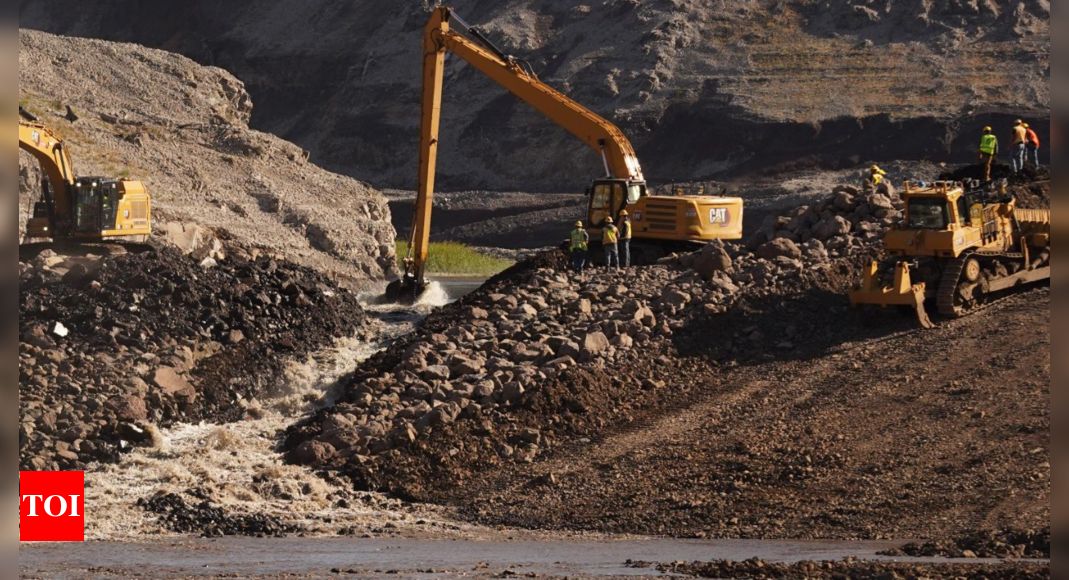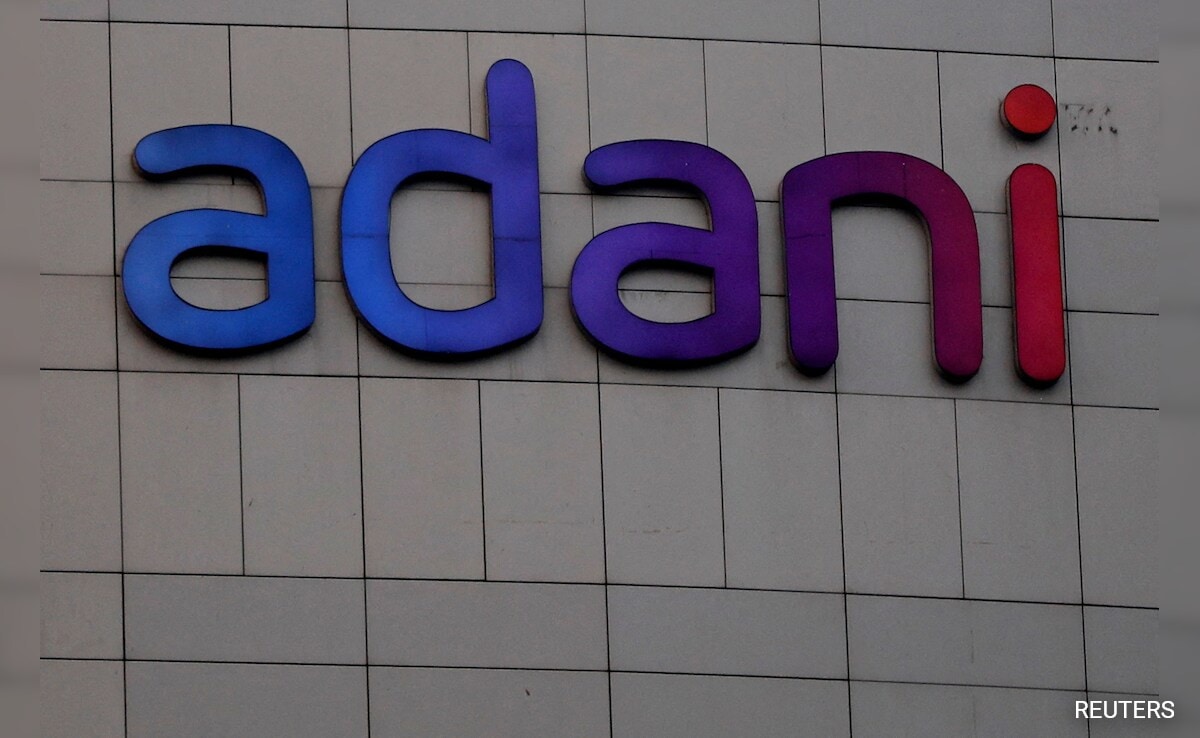
Workers on Wednesday dismantled the final dams on a crucial section of the Klamath River, US. This action cleared the way for salmon to swim freely for the first time in a century. The removal is part of the largest dam removal project in US history.
Yurok tribal member and attorney, Amy Bowers Cordalis, had tears in her eyes as she witnessed the return of the river: “It was surreal.It was so emotional. I felt so hopeful and so satisfied that we have restored this river,” she said. “And looking at it you could almost hear the river crying, ‘I am free, I am free’, as reported by the Associated Press.
Cordalis is engaged in a battle for the removal of Klamath damns since 2002 when she witnessed thousands of salmon die in the river due to a bacterial outbreak caused by low and warm temperatures.
As the river flows freely once more, how quickly the salmon will return to their historical habitats remains uncertain. Early reports suggest that salmon have already begun their journey upstream. Michael Belchik, senior water policy analyst for the Yurok Tribe, said,“I think we’re going to have some early successes. I’m pretty confident we’ll see some fish going above the dam. If not this year, then for sure next year.”
This demolition is set to be completed in the coming month and is part of a nationwide movement to restore rivers to their natural flows and revive ecosystems. According to the advocacy group American Rivers, more than 2,000 dams have been removed in the US in the last 25 years.
Crews used excavators to dismantle rock dams that had been diverting water upstream of the nearly removed Iron Gate and Copco No 1 dams. This restoration happened just in time for the king salmon to start their spawning season.
“I am excited to move into the restoration phase of the Klamath River,” said Russell ‘Buster’ Attebery, chairman of the Karuk Tribe. “Restoring hundreds of miles of spawning grounds and improving water quality will help support the return of our salmon, a healthy, sustainable food source for several Tribal Nations.”
Salmon are not just an ecologically important species but also hold cultural and spiritual significance for the Indigenous tribes in the region. The Klamath River was once the third-largest salmon-producing river on the West Coast. However, the construction of dams by PacifiCorp between 1918 and 1962 to generate electricity disrupted the salmon’s lifecycle, decreasing their population.
The removal of these dams is expected to have minimal impact on the local energy supply. While hydroelectric power is considered clean and renewable, the ecological damage caused by large dams has increasingly led to their removal, particularly in the western United States.
Mark Bransom, CEO of the Klamath River Renewal Corporation noted that it took about a decade for the Lower Elwha Klallam Tribe to resume fishing after the removal of the Elwha dams. “It’ll take some time. You can’t undo 100 years’ worth of damage and impacts to a river system overnight”, he said
On the other hand, Oregon state Senator Dennis Linthicum has argued that the removal of damn eliminates important sites for water storage, flood control, and fire prevention.
Yurok tribal member and attorney, Amy Bowers Cordalis, had tears in her eyes as she witnessed the return of the river: “It was surreal.It was so emotional. I felt so hopeful and so satisfied that we have restored this river,” she said. “And looking at it you could almost hear the river crying, ‘I am free, I am free’, as reported by the Associated Press.
Cordalis is engaged in a battle for the removal of Klamath damns since 2002 when she witnessed thousands of salmon die in the river due to a bacterial outbreak caused by low and warm temperatures.
As the river flows freely once more, how quickly the salmon will return to their historical habitats remains uncertain. Early reports suggest that salmon have already begun their journey upstream. Michael Belchik, senior water policy analyst for the Yurok Tribe, said,“I think we’re going to have some early successes. I’m pretty confident we’ll see some fish going above the dam. If not this year, then for sure next year.”
This demolition is set to be completed in the coming month and is part of a nationwide movement to restore rivers to their natural flows and revive ecosystems. According to the advocacy group American Rivers, more than 2,000 dams have been removed in the US in the last 25 years.
Crews used excavators to dismantle rock dams that had been diverting water upstream of the nearly removed Iron Gate and Copco No 1 dams. This restoration happened just in time for the king salmon to start their spawning season.
“I am excited to move into the restoration phase of the Klamath River,” said Russell ‘Buster’ Attebery, chairman of the Karuk Tribe. “Restoring hundreds of miles of spawning grounds and improving water quality will help support the return of our salmon, a healthy, sustainable food source for several Tribal Nations.”
Salmon are not just an ecologically important species but also hold cultural and spiritual significance for the Indigenous tribes in the region. The Klamath River was once the third-largest salmon-producing river on the West Coast. However, the construction of dams by PacifiCorp between 1918 and 1962 to generate electricity disrupted the salmon’s lifecycle, decreasing their population.
The removal of these dams is expected to have minimal impact on the local energy supply. While hydroelectric power is considered clean and renewable, the ecological damage caused by large dams has increasingly led to their removal, particularly in the western United States.
Mark Bransom, CEO of the Klamath River Renewal Corporation noted that it took about a decade for the Lower Elwha Klallam Tribe to resume fishing after the removal of the Elwha dams. “It’ll take some time. You can’t undo 100 years’ worth of damage and impacts to a river system overnight”, he said
On the other hand, Oregon state Senator Dennis Linthicum has argued that the removal of damn eliminates important sites for water storage, flood control, and fire prevention.









